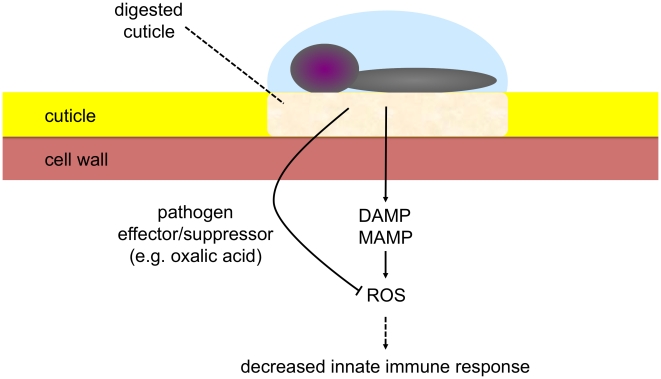Figure 11. Model illustrating the role of the cuticle at the interface between B. cinerea and A. thaliana.
Under the action of digestive enzymes, permeabilization of the cuticle increases, allowing for early sensing and perception of elicitors (MAMPs/DAMPs) with subsequent induction of ROS and potential activation of innate immune responses. The virulent pathogen produces effector(s)/suppressor(s) (e.g. oxalic acid) that interfere with ROS build-up leading to decreased defenses and allowing colonization.

